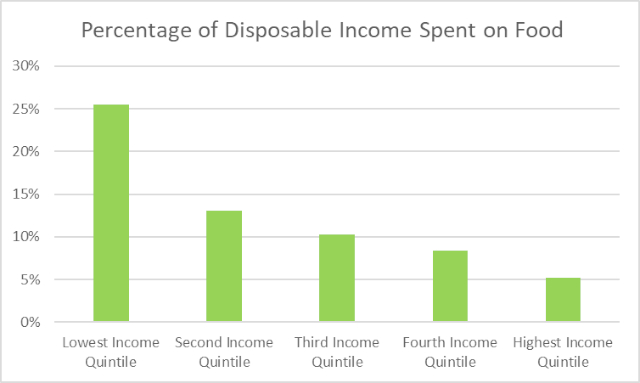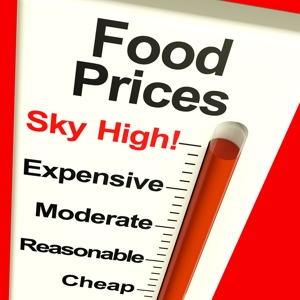In Canada, we have something called ‘Food Freedom Day’. But as nice as it sounds, the real situation facing millions of Canadian households is pretty dire. Who’s behind this promotion? And why do we have something like this, anyway?

What it is
Not surprisingly, Food Freedom Day was declared to be February 9, 2024, by The Canadian Federation of Agriculture (CFA). Who has a bigger vested interest in making folks feel good about paying the current high prices for their food?
The idea is, by February 9, Canadians have worked long enough to foot their estimated grocery bill for the whole year. It’s easy math: Take the percentage of their income the average Canadian family spends on food and factor that into the calendar. February 9 falls 11 percent of the way through the year.
“Canadians spent 11.1 percent of their disposable [after-tax] income on food in 2023, which is slightly higher than the 11 percent of disposable income spent on food in 2022,” CFA says in its news release. “As this change is very slight, Food Freedom Day lands on the same day as the previous year, February 9th.”
What it all means
But that ‘11.1 percent’ is an average over all income groups. The CFA admits that there’s a huge gap between how much the lowest-income 20 percent (‘quintile’) of Canadians spend on food (28 percent of disposable income) compared to the highest-income 20 percent (5 percent). That’s a pretty drastic situation for the bottom ‘quintile’.
Why? Because they also have other big bills to pay. First comes rent or mortgage. Then, there’s the interest on credit cards and loans. Then, there’s all the rent: utility bills, clothes, car fuel and upkeep, cleaning and personal supplies, and more. Something’s got to give.
But the CFA doesn’t miss a beat, reminding us that farmers have it tough, too. Maybe, even tougher…
“Farmers have seen their costs of production increase tremendously over the past several years, with many of their largest expenses, such as fertilizer and diesel, rising nearly 100 percent [i.e.- doubling] in that period.”
My take
“With food costs continuing to rise, we know that many Canadians are struggling with food security and affordability,” CFA Predient Keith Curry said, in the release. “The Food Freedom Day metric shows that while Canada’s food system is a world leader in providing access to affordable food, there is a large difference in impact on Canadians of different income levels, with the lowest facing a huge, increasing burden when it comes to food costs.”
What the Food Freedom Day metric shows me is, the majority of Canadian families are suffering under crushing food costs. And I can’t help but note that the Big 5 Canadian supermarket chains reported record profits for the most recent quarter of 2023 that’s been reported. But what do you expect from the top ‘quintile’? They still only spend 5 percent of their after-tax income on food.
The sad truth is…
Food Freedom Day, as far as I’m concerned, is an illusion. Foisted upon the vast majority of Canadians who know what’s it’s really like to try to put food on the table these days. And it’s the creation of the one economic group that’s as heavily invested in maintaining higher prices as the supermarkets.
By the way… The real ‘Food Freedom Day’ – for the lowest 20 percent of Canadian families – won’t come around until May 10…
~ Maggie J.

